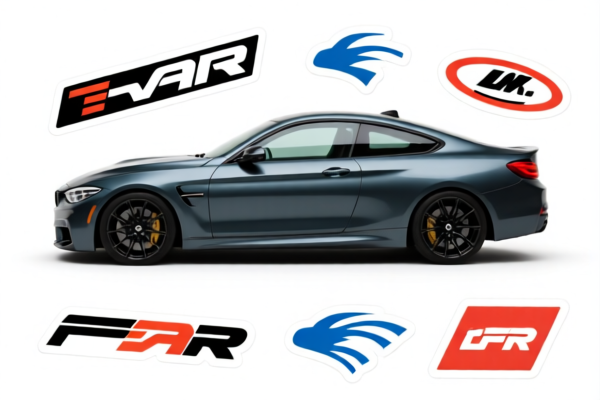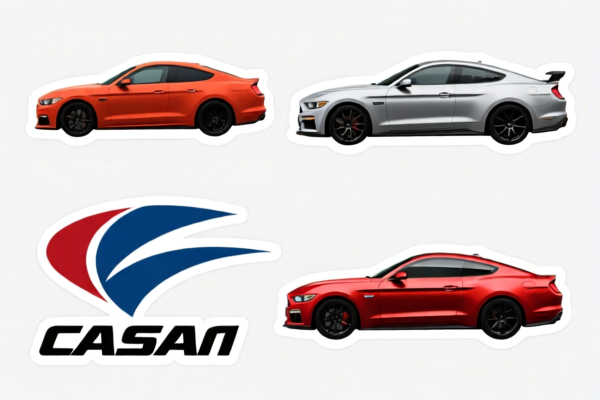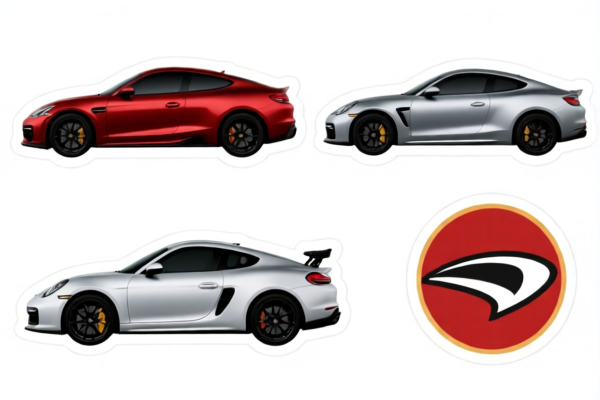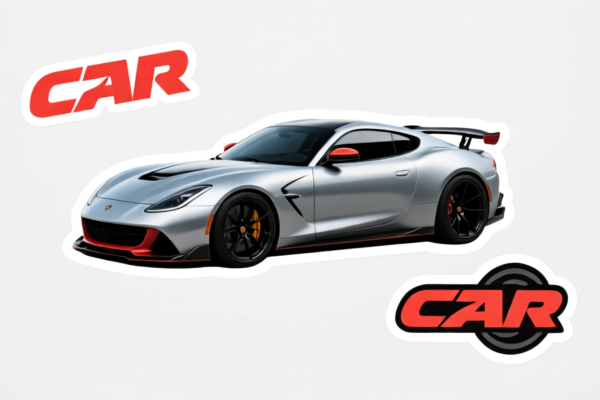| HS Code | Official Doc | Tariff Rate | Origin | Destination | Effective Date |
|---|---|---|---|---|---|
| 6006909000 | Doc | 55.0% | CN | US | 2025-05-12 |
| 6001999000 | Doc | 62.0% | CN | US | 2025-05-12 |
| 6001999000 | Doc | 62.0% | CN | US | 2025-05-12 |
| 3919905060 | Doc | 60.8% | CN | US | 2025-05-12 |
| 3919901000 | Doc | 61.5% | CN | US | 2025-05-12 |
| 3921901100 | Doc | 59.2% | CN | US | 2025-05-12 |
| 3921901500 | Doc | 61.5% | CN | US | 2025-05-12 |
| 8447901000 | Doc | 37.5% | CN | US | 2025-05-12 |
| 8447905000 | Doc | 37.5% | CN | US | 2025-05-12 |




Lace Cloth Stickers
Lace cloth stickers, also known as iron-on lace appliques or lace patches, are decorative fabric elements used for embellishing clothing, accessories, and home décor items. They typically consist of a lace design backed with an adhesive layer, allowing for easy application with heat.
Material
The lace component is commonly made from:
- Cotton: Offers a soft texture and is suitable for a variety of applications.
- Polyester: Durable, wrinkle-resistant, and often used for synthetic fabrics.
- Nylon: Lightweight and strong, often used in lingerie or delicate applications.
- Rayon: Provides a silky appearance and drape, suitable for formal wear.
- Blends: Combinations of these fibers are common to achieve specific properties.
The adhesive backing is typically:
- Thermoplastic Adhesive: Activated by heat from an iron, creating a permanent bond with the fabric.
- Self-Adhesive: Less common, offering a temporary or less secure attachment.
Purpose
The primary purpose of lace cloth stickers is decorative. They are used to:
- Repair: Cover holes or tears in fabrics.
- Embellish: Add detail and visual interest to clothing, bags, hats, and other items.
- Customize: Personalize existing items with unique designs.
- Create new designs: Combine multiple stickers to form larger patterns or motifs.
Function
The functionality relies on the adhesive backing. Heat application melts the adhesive, allowing it to bond with the fabric fibers. The strength of the bond depends on:
- Fabric Type: Natural fibers generally bond better than synthetic.
- Heat & Pressure: Sufficient heat and consistent pressure are crucial for a secure attachment.
- Adhesive Quality: Higher quality adhesives provide a stronger and more durable bond.
Usage Scenarios
- Clothing: Dresses, skirts, blouses, jeans, t-shirts, lingerie.
- Accessories: Hats, scarves, bags, belts, shoes.
- Home Décor: Curtains, tablecloths, pillows, wall hangings.
- Craft Projects: Scrapbooking, card making, mixed media art.
Common Types
- Floral Lace: Features flower patterns, popular for feminine designs.
- Geometric Lace: Includes shapes like circles, squares, and triangles, suitable for modern aesthetics.
- Scalloped Lace: Has a wavy or curved edge, often used for borders or trims.
- Guipure Lace: A heavier, more textured lace with distinct motifs.
- Chantilly Lace: A delicate, finely patterned lace often made with silk or rayon.
- Venice Lace: A more substantial lace with intricate designs and a raised texture.
- Applique Patches: Larger designs that cover a significant area, often with a more defined shape.
- Iron-on Borders: Long, narrow strips of lace used to create edges or trims.
The declared goods, “lace cloth stickers,” can be categorized based on material composition and function. These items appear to be adhesive sheets or films incorporating lace designs, potentially used for decorative or apparel applications.
The following HS codes are relevant based on the provided reference material:
- 3919.90.50.60 - Self-adhesive plates, sheets, film, foil, tape, strip and other flat shapes, of plastics, whether or not in rolls: Other: Other Other. This code covers self-adhesive plastic sheets, which could include lace-patterned stickers. The tax detail indicates a basic tariff of 5.8%, a surcharge of 25.0%, and a surcharge of 30.0% after April 2, 2025, resulting in a total tax of 60.8%.
- 3919.90.10.00 - Self-adhesive plates, sheets, film, foil, tape, strip and other flat shapes, of plastics, whether or not in rolls: Other: Having a light-reflecting surface produced in whole or in part by glass grains (ballotini). If the lace cloth stickers incorporate a light-reflecting surface created with glass grains, this code may be applicable. The tax detail is a basic tariff of 6.5%, a surcharge of 25.0%, and a surcharge of 30.0% after April 2, 2025, totaling 61.5%.
- 3921.90.11.00 - Other plates, sheets, film, foil and strip, of plastics: Other: Combined with textile materials and weighing not more than 1.492 kg/m2: Products with textile components in which man-made fibers predominate by weight over any other single textile fiber: Over 70 percent by weight of plastics. This code applies to plastic sheets combined with textiles, weighing under 1.492 kg/m2, where the plastic content exceeds 70% by weight and man-made fibers are predominant. The tax detail is a basic tariff of 4.2%, a surcharge of 25.0%, and a surcharge of 30.0% after April 2, 2025, totaling 59.2%.
- 3921.90.15.00 - Other plates, sheets, film, foil and strip, of plastics: Other: Combined with textile materials and weighing not more than 1.492 kg/m2: Products with textile components in which man-made fibers predominate by weight over any other single textile fiber: Other (229). This code also applies to plastic sheets combined with textiles, weighing under 1.492 kg/m2, where the plastic content exceeds 70% by weight and man-made fibers are predominant, but is a more general classification. The tax detail is a basic tariff of 6.5%, a surcharge of 25.0%, and a surcharge of 30.0% after April 2, 2025, totaling 61.5%.
It is important to determine the primary material composition (plastic vs. textile) and weight to accurately classify these items. If the stickers are primarily plastic with an adhesive backing, codes 3919.90.50.60 or 3919.90.10.00 may be appropriate. If they consist of a plastic sheet combined with textile lace, codes 3921.90.11.00 or 3921.90.15.00 should be considered.
Customer Reviews
No reviews yet.